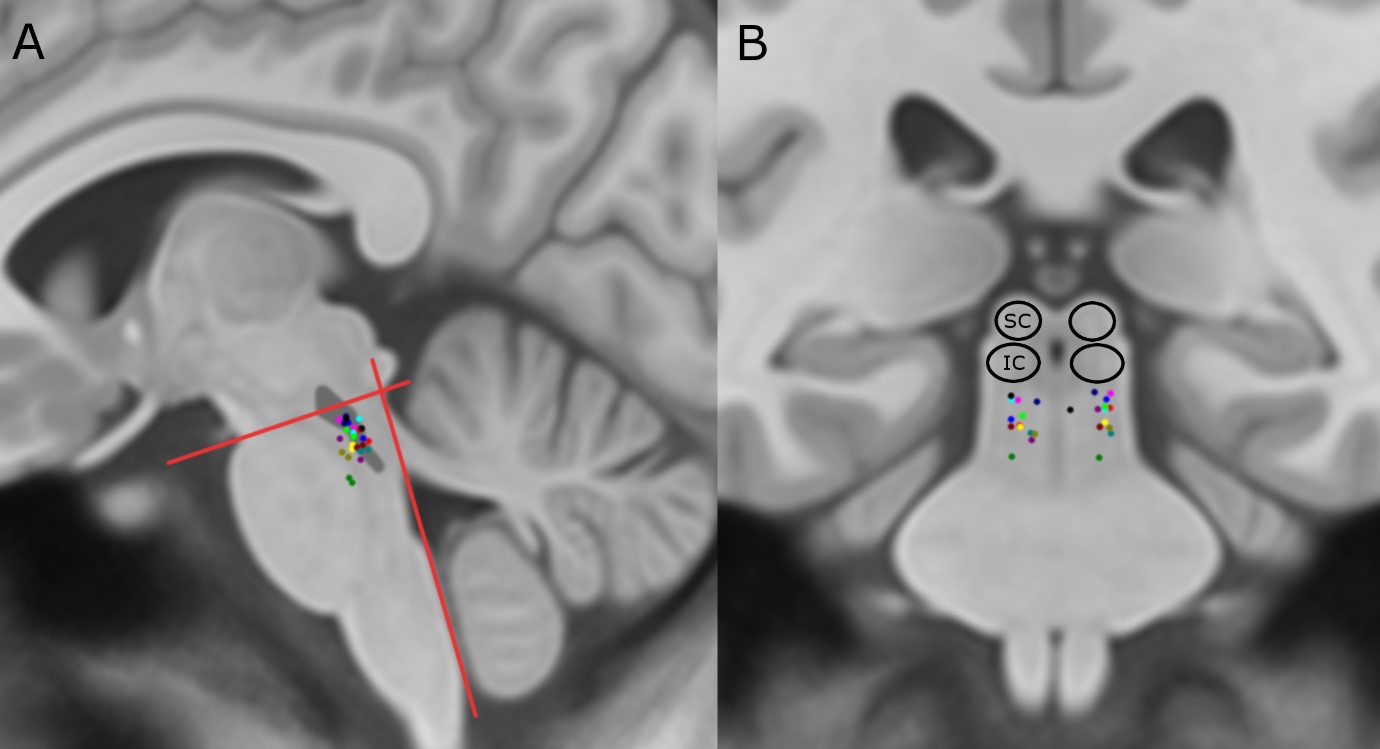Balance control systems in Parkinson's disease and the impact of pedunculopontine area stimulation.
People with Parkinson’s often have problems with balance, and can experience falls. Here, we show that electrical stimulation targeted to a part of the human brain called the pedunculopontine nucleus can reverse a specific balance deficit and reduce clinical balance impairment
Impaired balance is a major contributor to falls and diminished quality of life in Parkinson's disease, yet the pathophysiology is poorly understood. Here, we assessed if patients with Parkinson's disease and severe clinical balance impairment have deficits in the intermittent and continuous control systems proposed to maintain upright stance, and furthermore, whether such deficits are potentially reversible, with the experimental therapy of pedunculopontine nucleus deep brain stimulation. Two subject groups were assessed: (i) 13 patients with Parkinson's disease and severe clinical balance impairment, implanted with pedunculopontine nucleus deep brain stimulators; and (ii) 13 healthy control subjects. Patients were assessed in the OFF medication state and blinded to two conditions; off and on pedunculopontine nucleus stimulation. Postural sway data (deviations in centre of pressure) were collected during quiet stance using posturography. Intermittent control of sway was assessed by calculating the frequency of intermittent switching behaviour (discontinuities), derived using a wavelet-based transformation of the sway time series. Continuous control of sway was assessed with a proportional-integral-derivative (PID) controller model using ballistic reaction time as a measure of feedback delay. Clinical balance impairment was assessed using the 'pull test' to rate postural reflexes and by rating attempts to arise from sitting to standing. Patients with Parkinson's disease demonstrated reduced intermittent switching of postural sway compared with healthy controls. Patients also had abnormal feedback gains in postural sway according to the PID model. Pedunculopontine nucleus stimulation improved intermittent switching of postural sway, feedback gains in the PID model and clinical balance impairment. Clinical balance impairment correlated with intermittent switching of postural sway (rho = - 0.705, P < 0.001) and feedback gains in the PID model (rho = 0.619, P = 0.011). These results suggest that dysfunctional intermittent and continuous control systems may contribute to the pathophysiology of clinical balance impairment in Parkinson's disease. Clinical balance impairment and their related control system deficits are potentially reversible, as demonstrated by their improvement with pedunculopontine nucleus deep brain stimulation.

2017.Cereb. Cortex, 27(1):54-67.
2021. J Neurosci, 41(40):8390-8402.
2022. NPJ Parkinsons Dis, 8(1):88.
2022. Brain Stimul, 15(6):1513-1516.
2022. Brain, 145(1):237-250.